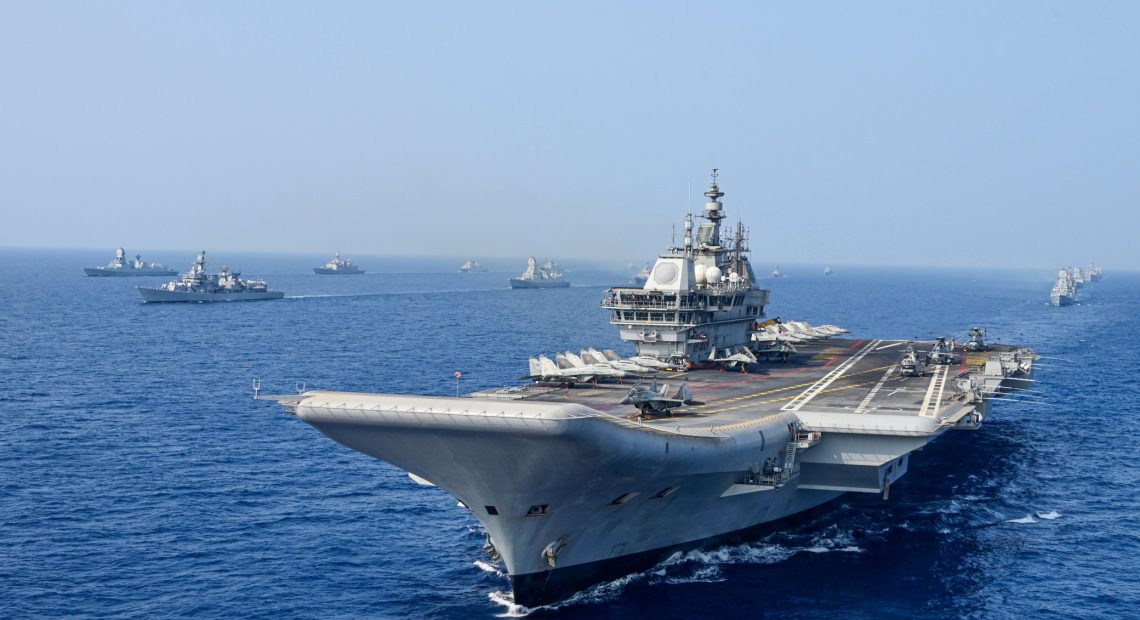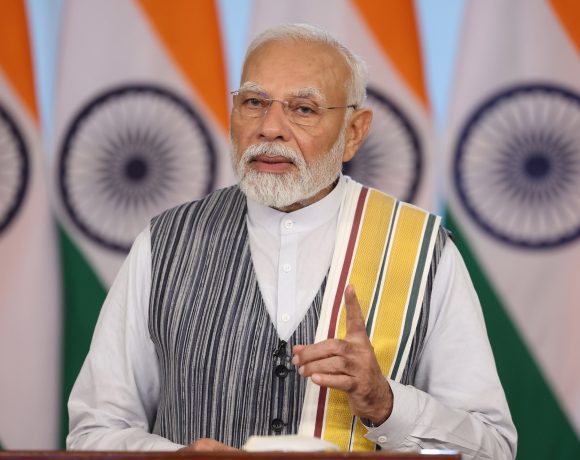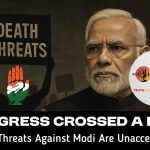
When Yadavji Sat With a Danda: How the Indian Navy Deterred Pakistan Without Firing a Shot
A childhood friend of mine reminded me recently of something that happened back when we were kids. In our small housing society, we used to play cricket inside the compound. But whenever the ball rolled out past the gate onto the main road, someone had to fetch it. Eventually, it became such a regular occurrence that the parents told our old watchman, Yadavji, to stop any child from going outside — no matter what. Yadavji had a big lathi. One day, when a kid didn’t take him seriously and tried to sneak out to grab the ball, Yadavji gave him one solid whack on his backside. After that, nobody tested him again. We all knew — the danda was real.
Within 96 hours of the Pahalgam terror attack that killed 26 Indian civilians, the Indian Navy had deployed its carrier battle group, submarines, and strike assets to the northern Arabian Sea. They didn’t fire a single shot. They didn’t need to. Pakistan’s naval units, sensing the danda, tucked themselves safely inside their harbors. As Vice Admiral A. N. Pramod put it during the briefing: “We were ready to strike Karachi. They knew it. That’s why they didn’t.”
This wasn’t just posturing. This was chess.
To truly understand what the Navy achieved by doing “nothing,” you have to go back to 1971. That year, the Indian Navy executed Operation Trident and Operation Python, striking Karachi harbor and sinking Pakistani destroyers like PNS Khyber and PNS Muhafiz. They decimated oil depots and fuel reserves, leaving the economic nerve center of Pakistan ablaze. Those nights not only crippled Pakistan’s war-fighting ability but burned the memory of naval vulnerability deep into their military psyche. Since then, Karachi has remained Pakistan’s exposed jugular, and Indian naval doctrine has treated it accordingly.
So when Pahalgam happened in 2025, India didn’t have to write a new script. The Navy simply moved the pieces forward again. Carrier strike groups were mobilized. Submarine deployments were adjusted. Maritime patrols tightened the loop. There were no headlines about missile launches from sea. No splashy visuals. Just a silent message, echoing across the waves: “Try us.”
Pakistan didn’t.
Instead, they requested a ceasefire — but only after the Navy locked down the Arabian Sea. This is what classic deterrence looks like. It’s not about chest-thumping or theatrics. It’s about quiet confidence and credible posture. It’s about being the one with the stick — and having a history of using it when provoked.
That’s why I say, the Navy didn’t need to destroy Karachi. Its very readiness kept Pakistan from escalating further. And let’s be clear: this allowed the Indian Army and Air Force to focus on their missions. Nine terror camps were neutralized in Pakistan and PoK. Over 100 terrorists were eliminated, including Yusuf Azhar, a key IC-814 hijacker, and Mudasir Ahmed, linked to Pulwama. The Air Force struck with pinpoint accuracy. The Army handled LoC infiltration and artillery exchange. But it was the Navy that ensured Pakistan didn’t widen the war through the sea.
In American football, the “blind side” refers to the area a quarterback can’t see while preparing to throw — usually protected by the left tackle, a massive lineman whose entire job is to ensure the quarterback doesn’t get hit from behind. The Indian Navy, in this episode, was our left tackle. It didn’t carry the ball. It didn’t throw a pass. But without it, the game would have ended very differently.
India’s military doctrine has evolved. We now operate in joint theatres, with seamless integration between air, land, and sea. But what makes our Navy unique is its ability to create strategic depth without firing a shot. Sea denial. Maritime domain awareness. Long-range cruise capabilities. And above all, institutional memory. It remembers 1971. It reminds Pakistan, without saying a word.
So here’s what I want readers to take away: Sometimes, just standing at the gate with a stick is the most powerful thing you can do.
In 1971, Karachi burned. In 2025, it didn’t — because the danda was already visible. The Navy didn’t need to swing it. But Pakistan remembered what happened the last time.


















